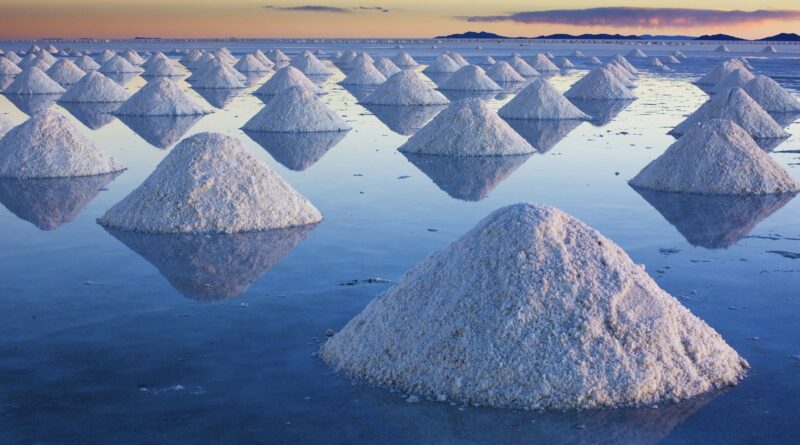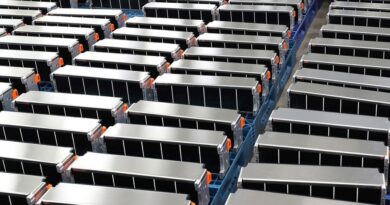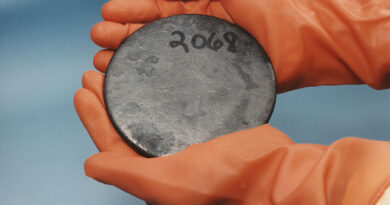Lithium’s buoyant amid increasing demand and curtailed supply
Roskill says that in the lithium market, 2020 started with a high level of uncertainty. During 2019, the market saw supply increasing faster than demand and as a result, inventories were built and prices declined. This trend continued into 2020 with market uncertainty, exacerbated by the onslaught of the COVID-19 pandemic.
The first impact was seen in the Chinese market, where most of the country was in lockdown in an attempt to contain the virus. Demand dropped significantly but only for a very short period of time. As the virus made its way across the world, the impact in Europe was minor.
The European Commission and member states acted very swiftly with stimulus packages to ensure the important automotive industry was supported. The support was done in line with the overall strategy to move towards carbon neutrality and the electric vehicle industry benefitted greatly from this. As a result, demand in both China and Europe was stronger than initially expected.
On the other side of the supply and demand picture we saw the low prices and large inventories result in lowered production of spodumene concentrate in Australia and lower production of lithium chemicals in China.
With increasing demand and curtailed supply, the excess inventory in the supply chain was largely depleted by the fourth quarter 2020 and as a result, prices started to increase. These increases of both lithium chemicals and spodumene concentrate continued to increase into the first half of 2021.
The positive sentiment seen in the first half of 2021 is forecast to continue into the second half of 2021 but with more moderate price movements than the market observed in the first half of the year.




